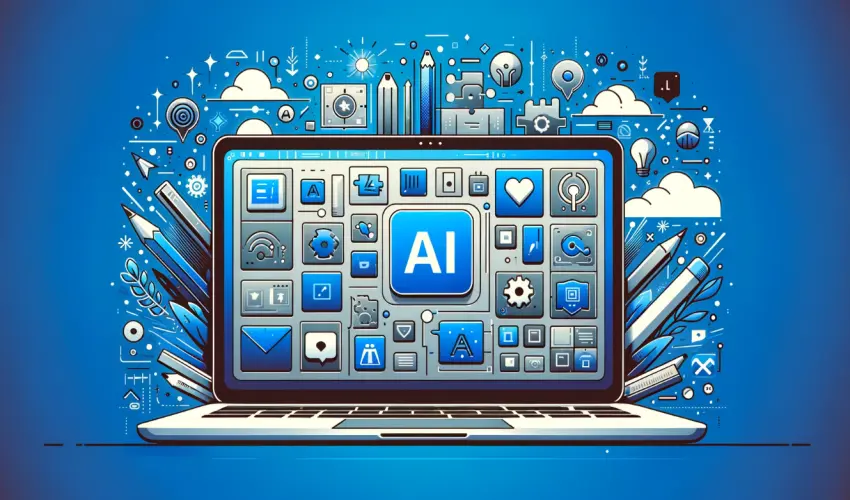In the last few years, Artificial Intelligence (AI) has made significant progress in a myriad of fields, with image creation being one of the most transformative fields. The growth of AI tools for image creation isn’t just an innovation in technology, it’s a revolution that is changing the way industries operate by redefining creativity and changing the way users engage in relation to digital material.
Understanding AI Image Generation
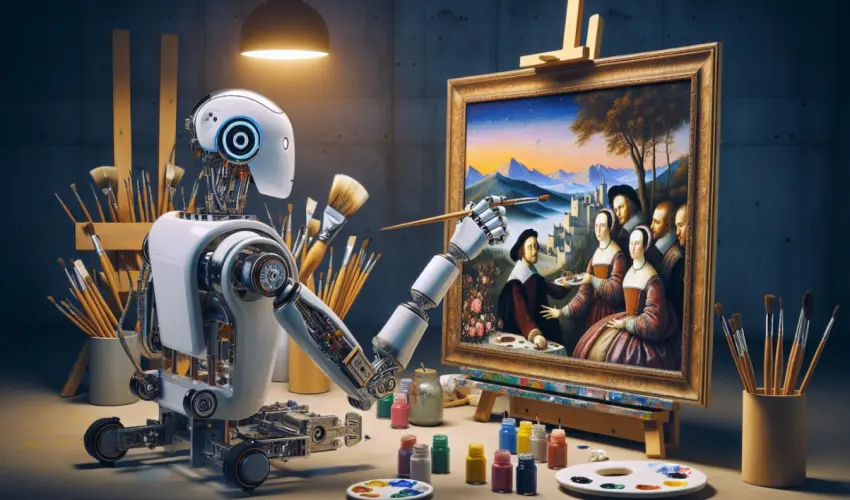
AI image generation makes application of machine-learning algorithms to generate images from scratch or alter existing images. These algorithms, sometimes called neural networks, study massive amounts of data to comprehend and replicate patterns designs, textures, and patterns. The most famous of neural networks are Generative Adversarial Networks (GANs) as well as Variational Autoencoders (VAEs).
Generative Adversarial Networks (GANs)
GANs are composed of two neural networks that are a generator and the discriminator. The generator generates images, and the discriminator compares them to real-world images. By utilizing this process of adversarial evaluation, the generator increases its capacity to create images that are realistic. GANs are crucial in creating high-quality images which are undistinguishable from actual photographs.
Variational Autoencoders (VAEs)
VAEs are, however encode images into an in-between space, and decode them, allowing for the creation from new pictures that are identical to the original data. VAEs are especially useful to generate images that have variations, and for jobs which require the control of images, like changing the specific characteristics of the face.
The Impact of AI Image Generation
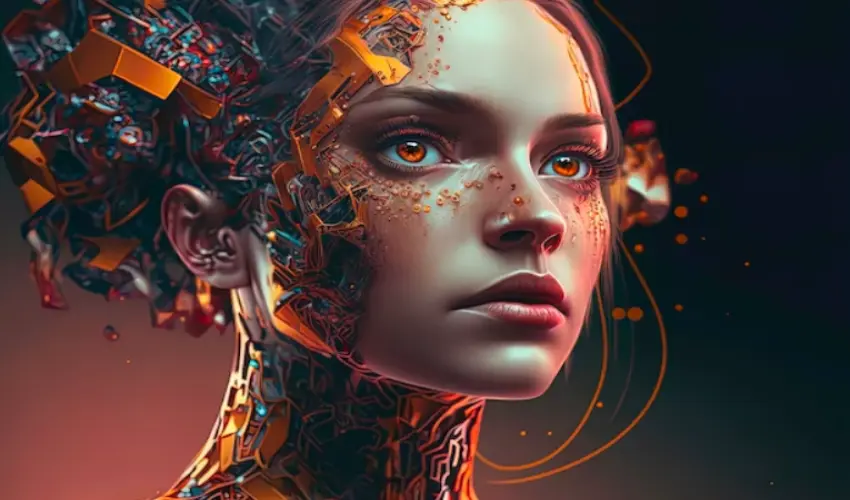
AI imaging is making a significant impact across a range of sectors including fashion and entertainment to marketing and healthcare. Here are a few most important areas in which AI tools have transformed image generation.
1. Entertainment and Media
In the field of entertainment AI-generated images are utilized to create real-looking visual effects for creating characters, and even composing whole scenes in films as well as video games. This not only cuts down on cost and time of production, but also offers new possibilities for creativity.
Visual Effects and Animation
AI tools can improve visual effects through automating the production of complex characters and scenes. For example, AI can generate lifelike human faces or create fantastic creatures that seamlessly blend with live-action footage. This kind of realistic quality was previously impossible to bring off together traditional methods.
Content Creation
Content creators are making use of AI to create engaging images for blogs, social media and websites. AI-generated photos can be tailored according to a specific theme, making sure that material stays relevant and fresh. This is especially beneficial to warrant a consistent style on social media platforms such as Instagram or Pinterest.
2. Fashion and Design
Fashion industry is now embracing AI to design accessories and clothing, anticipating trends and creating online fashion events. AI-generated images let designers play around with different styles and patterns without needing physical prototypes.
Virtual Try-Ons
Artificial Intelligence-powered virtual try-ons are becoming increasingly popular, allowing shoppers to check out how clothing will appear in an actual shop. This technology makes use of AI to generate pictures of people wearing various outfits, which improves the shopping experience online and reducing the number of returns.
Trend Prediction
AI can analyze huge quantities of data on fashion to anticipate future trends. By creating images of possible new trends, fashion designers are able to keep ahead of the curve and design collections that resonate with the public.
3. Healthcare
In the field of healthcare, AI image generation is being utilized to aid in diagnostic imaging for medical purposes, as well as drug research as well as patient treatment. AI-generated images are able to assist physicians in diagnosing illnesses or planning treatments and comprehending medical conditions that are difficult to understand.
Medical Imaging
AI tools can improve medical imaging by creating high-resolution images of scans that are not as good. This is particularly beneficial in areas like radiology which require clear images that are essential for accurate diagnosis. AI can also produce images that focus on certain zones of focus, which makes more easy for medical professionals to recognize anomalies.
Drug Discovery
AI-generated molecular images are helping speed up drug discovery by anticipating the way new drugs interact with their target. This speed up the process of research and improves the chances of finding efficient treatment options for a variety of diseases.
4. Marketing and Advertising
Advertising and marketing professionals are with AI-generated images to design customized and engaging campaigns. AI tools can create images that appeal to particular populations, thus increasing their effectiveness in marketing strategies.
Personalized Marketing
AI can use data from consumers to create images that are tailored to each person’s individual tastes. This makes marketing campaigns more relevant and appealing to prospective customers, which payoff in greater rate of engagement and conversion.
Creative Advertising
AI-generated images let advertisers explore new ways of thinking. Through experimenting with various designs and concepts advertisers can develop visually stunning campaigns that draw attention and boost brand awareness.
The Technology Behind AI Image Generation
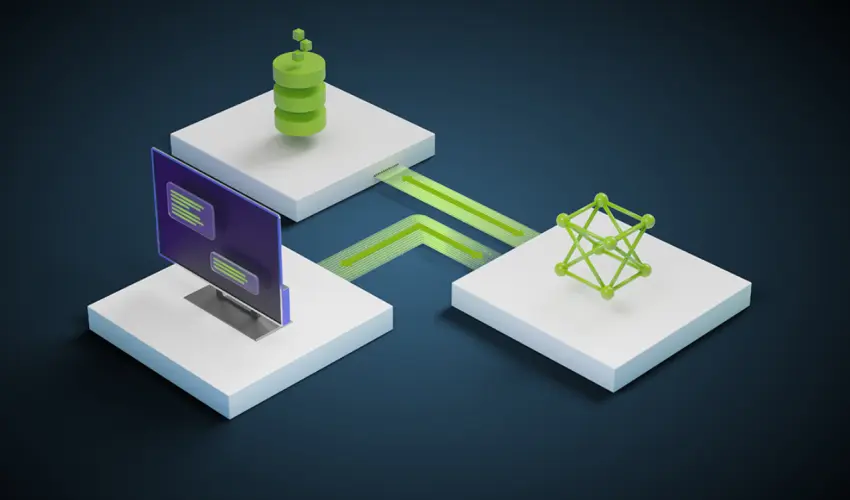
The advances in AI imaging are fueled by various important technologies. Understanding these technologies gives an understanding of the ways in which AI tools are transforming this field.
Deep Learning
It is the type of machine learning which involves neural networks made up of numerous layers. These networks are able to learn intricate patterns in data, which makes them suitable for tasks like the generation of images. Deep learning algorithms can analyze millions of images in order to comprehend the subtleties of texture, composition, and color.
Big Data
AI image generation is based on huge quantities of data. The abundance of big data allows AI algorithms to gain knowledge from a variety of datasets, enhancing their capacity to produce realistic images. This data is not just images, but also metadata such as descriptions, tags and user interaction.
Cloud Computing
Cloud computing provides the computational capacity needed for deep learning models to be trained. Utilizing cloud computing sources, AI researchers can process huge amounts of data and build models more quickly and efficiently. This has allowed them to develop advanced AI image-generating tools which can be accessed through the internet.
Hardware Acceleration
The use of special hardware, like Graphics Processing Units (GPUs) and Tensor Processing Units (TPUs), has significantly increased the speed of training of models that use deep learning. These hardware accelerators have been designed to manage the intricate mathematical calculations needed to create AI images, making them able to create models that are able to create high-quality images in real time.
Ethical Considerations and Challenges
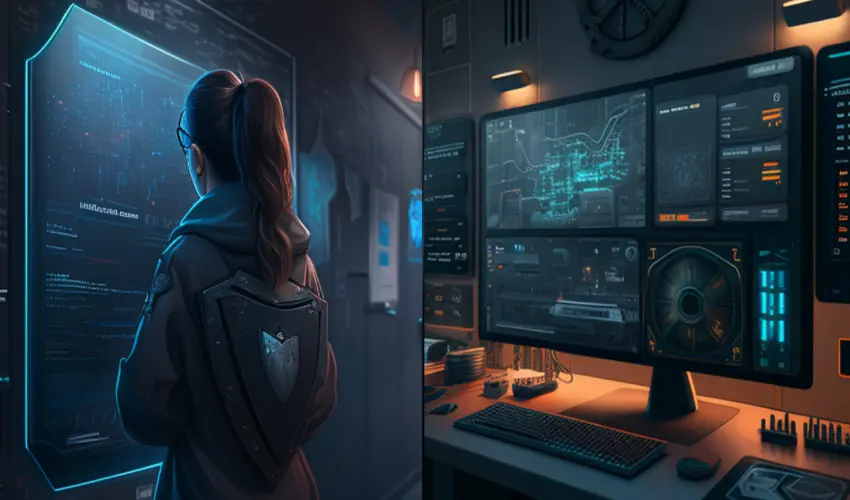
Although AI image generation has many advantages, it also brings ethical concerns and issues. The need to address these issues is vital to assure that AI technology is employed in a responsible way.
Deepfakes
The most controversial uses in AI imaging is that it creates fakes, which are real but fake pictures and videos. Deepfakes are used to spread false information or manipulate public opinion and hurt people’s reputations. Making sure that AI tools aren’t used to harm others is a major issue.
Intellectual Property
Artificially-generated imagery could raise concerns about Intellectual property rights. For example, if AI creates an image that is based on a previous artwork, who holds the rights to the resulting image? Setting clear guidelines and regulations is essential to safeguard the rights of creators as well as users.
Bias and Fairness
AI algorithms may take biases inherited from the data they’ve been taught from. This can lead to biased images that perpetuate the stereotypes of certain categories. ensuring you that AI algorithms are educated using diverse and authentic datasets is vital to encourage equality and inclusion.
Privacy
Utilizing AI in image creation could also cause privacy issues. For example, creating images that are based on personal information without consent could violate peoples privacy rights. Ensuring that privacy safeguards are strict is essential to safeguard individuals’ rights.
The Future of AI Image Generation
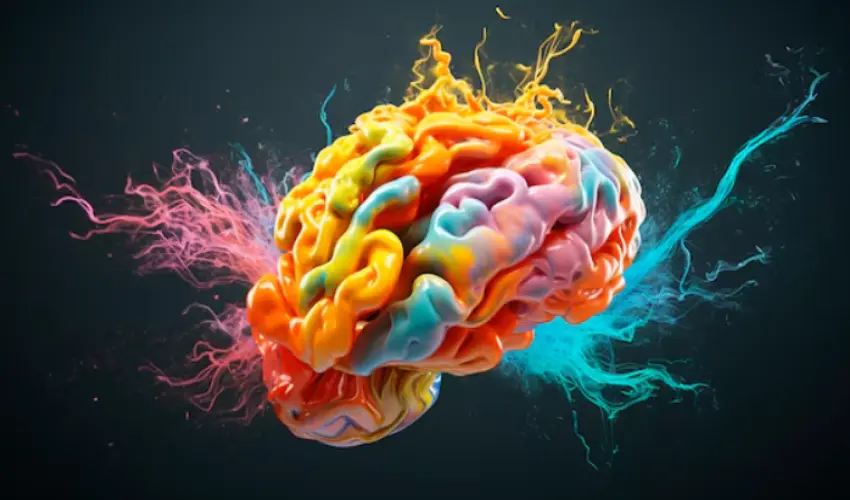
Future of AI image processing will be exciting, and continuous advances that promise even more advanced and adaptable tools. Here are some advancements to watch out for:
Real-Time Image Generation
The advancements in algorithms and hardware can enable real-time generation of images that allows for instant generation and manipulation of images. This is particularly beneficial for applications such as gaming, virtual reality gaming as well as live editing of videos.
Enhanced Creativity Tools
AI tools will be more user-friendly and intuitive and empower even people with no technological expertise to create breathtaking images. Improved creativity tools will include tools like natural language input where users are able to describe what they would like to describe and the AI creates the image that matches.
Integration with Other Technologies
AI image-making will more often be integrated with other technologies, like AR (AR) along with the Internet of Things (IoT). This will allow for new applications, like AR experiences that combine AI-generated imagery with the real world, and smart devices that create images based on the preferences of users.
Improved Ethical Standards
As technology improves and technology advances, there will be more prominent importance placed upon ethical guidelines and rules. This will mean measures to stop the misuse of intellectual property, assure that it is protected, warrant fairness, and protect privacy. Collaboration efforts between governments as well as industry and academia are crucial to set these standards.
Conclusion
The development of AI tools in the generation of images is a transformational technology that is transforming a variety of industries and changing the definition of creativity. From fashion and entertainment to marketing and healthcare AI-generated imagery is enhancing efficiency, creating new possibilities and changing our interactions in digital material. As the technology continues progress, it will be bringing many more thrilling innovations which will shape what’s to come from AI imaging an exciting area to follow. But, it’s essential to tackle the ethical concerns and issues that come with this technology in order in order to assure its use utilized wisely and in the excellent interest of everyone.
